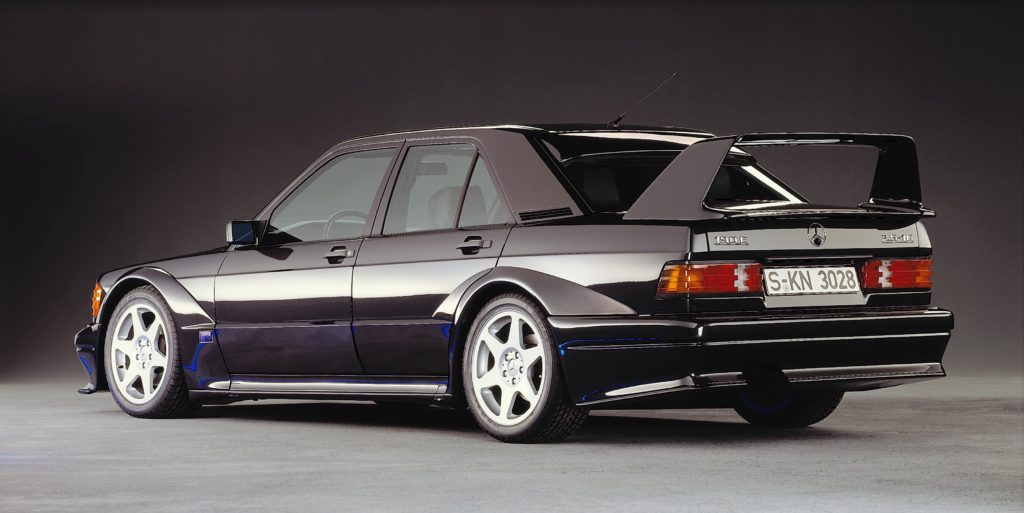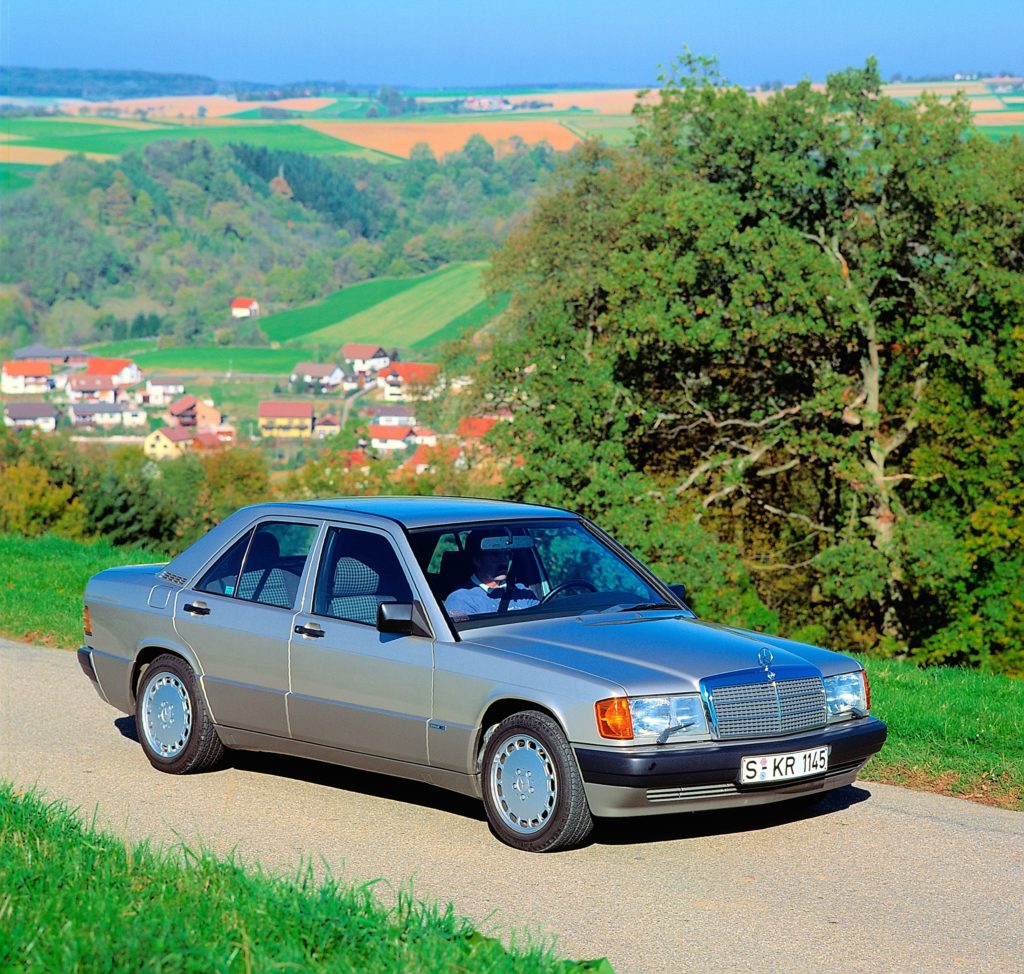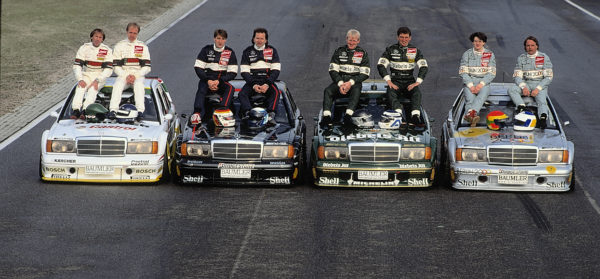MERCEDES-BENZ
 35 years ago, the Mercedes-Benz W201 marked the first chapter in the history of the C-Class
35 years ago, the Mercedes-Benz W201 marked the first chapter in the history of the C-Class
class C, all vehicles in this segment having been designated since 1993.Innovative in terms of technology and design, it has successfully established itself in world markets and reached several milestones as a vehicle of competition in the German Touring Championship (DTM). Currently the W201 is an extremely popular classic and as attractive as it was at the time of its debut.About 35 years ago the Mercedes-Benz 190 and 190 E models celebrated its debut, marking the start of a brand new chapter in the history of the Brand. The W201, which at that time was referred to as compact, expanded its product range by including a fourth family of models, which joined the existing S-Class, to the upper mid-range models (subsequently referred to as Class E) and SL sports models. Currently, the W201 that was produced between 1982 and 1993 is a fascinating model with the attractiveness of a young classic. The current Class C - W205 - (combined cycle fuel consumption: 8.4-3.9 l / 100 km, combined cycle CO2 emissions: 195 - 99 g / km *) transports your genes into the future in such a varied way as never before: like Limousine, Station, Coupé and Cabriolet.

 |
| Bruno Sacco, responsible for Mercedes-Benz passenger models until 1999, with a model of the W 201 sedan, produced from 1982 to 1993. |
 The importance of safety
The importance of safety
The 1982 compact was revolutionary in terms of safety. This is due to the fact that the engineers have systematically implemented not only active safety solutions, but also passive safety, and with the usual high standards of Mercedes-Benz. This was a special challenge for the brand in a comparatively small, light-weight vehicle that featured the multilink independent five-spoke rear suspension on each side, which remains to this day a standard concept used in automobiles.For passive safety, it was important to combine a lightweight design with high safety during a collision. The W201's roof design with its side rails positioned on the periphery has become the standard used in the following Mercedes-Benz models given its low weight and exceptional stability. For the first time in the compact class, a fork structure consisting of programmed deformed beams constructed of high strength steel sheet was also used for excellent performance during a collision, particularly in situations of off-center frontal impact.
DTM
190 E 2.3-16 also demonstrated their sporting abilities at the inauguration of the new Nürburgring circuit: on May 12, 1984, 20 riders inaugurated the new circuit with a test behind the wheel of this vehicle. The winner was the Brazilian driver Ayrton Senna. The top of the range was 190 E 2.5-16 Evolution II of high power (235 hp). This model also formed the basis for the successful racing vehicle that has participated in the German Touring Championship (DTM) since 1990.The triumphs won by Mercedes-Benz in the DTM in the 1980s and 1990s are closely linked to the W201: from 1988 to 1993, the tourism class competition vehicles that had this model as a base were used successfully in the DTM. During this period Mercedes-Benz won two manufacturer titles (1991 and 1992), while Klaus Ludwig became the DTM champion in 1992 at the wheel of the 190 E 2.5-16 Evolution II. Besides these titles were still conquered four second places and three third places
Vasco Reis, Portugal






Nenhum comentário:
Postar um comentário